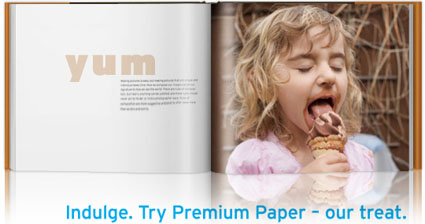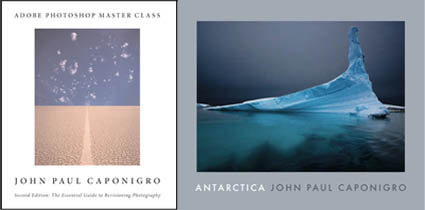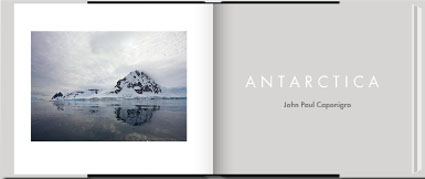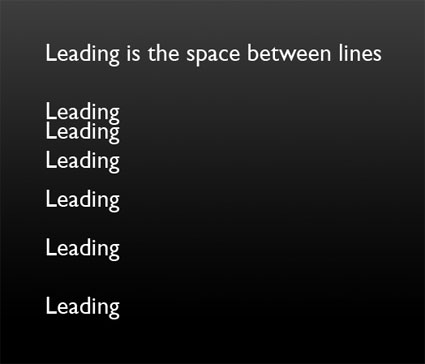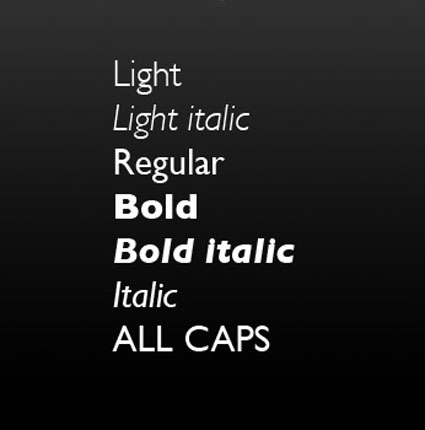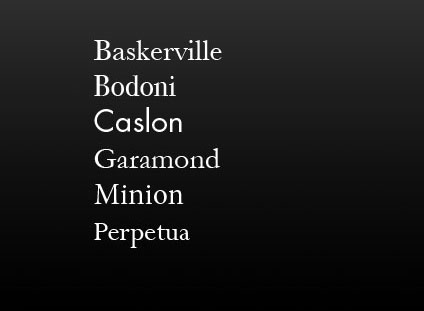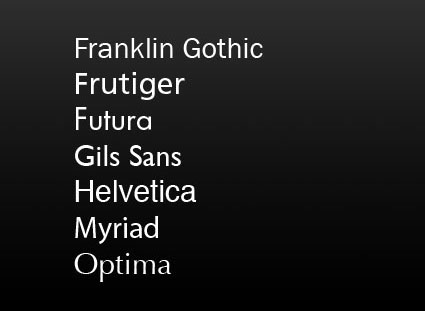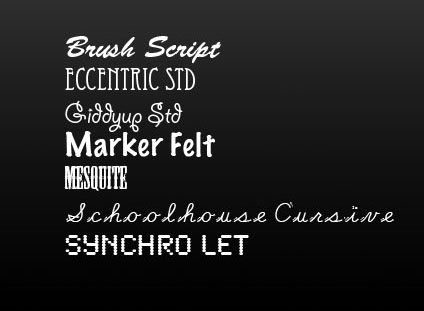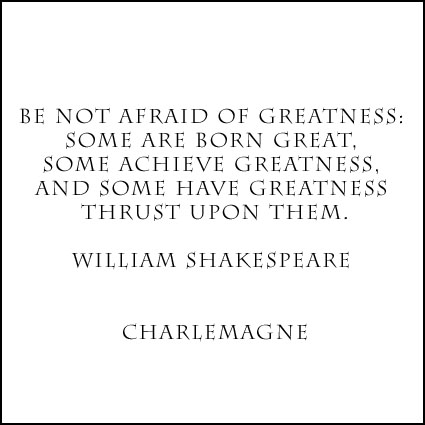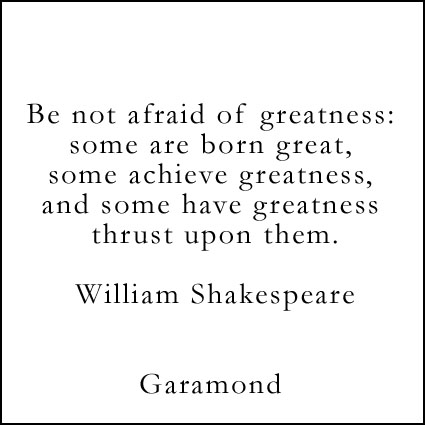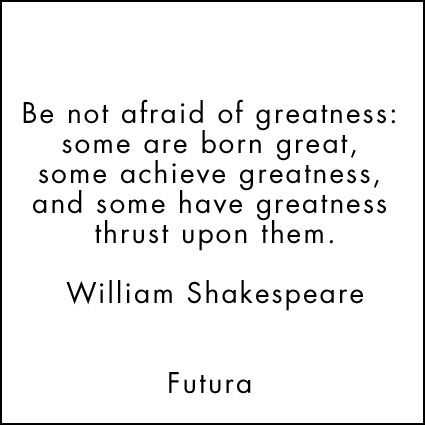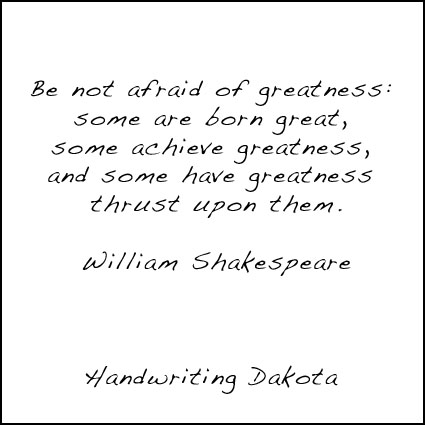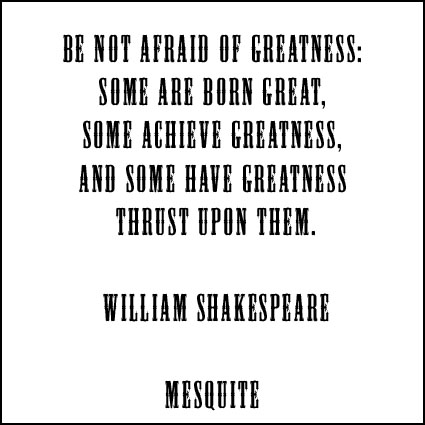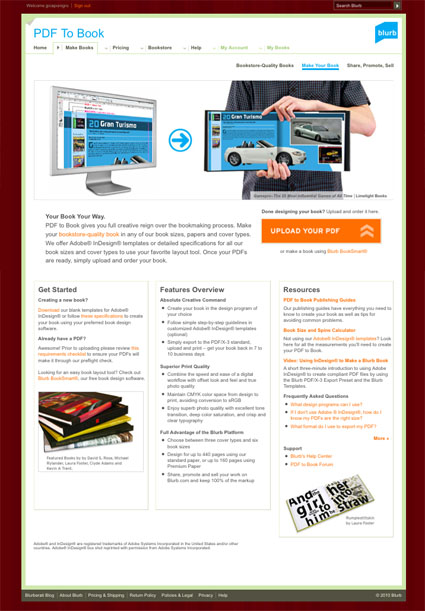Covers – People Do Judge Books By Them

One of the most important decisions you can make when you create a photo book is choosing an image for the cover. Choose cover images wisely. People do judge books by their covers. Images that tend to work best for covers share one or more common traits. They have strong graphic appeal. Bold color is a plus; it attracts a lot of attention. Images that tell a story draw people in; the more pieces of the puzzle they fill in the better. The format of the image fits easily within the proportion of the book; extreme panoramas (vertical or horizontal) rarely work well, unless the book’s format is also panoramic.
You don’t have to use the full image on a cover. Sometimes, cropping a cover image works well. This works best with full bleeds.
Usually, the cover image is repeated inside the book. It’s not uncommon for it to be the first or last image in the book, as these are the most prominent an memorable positions – except, of course, the cover.
The image you select for the cover of a book should be one of the strongest and most memorable images included in the book.
The cover of a book makes a first impression. Everything else is compared to it. And when the book is closed, you return to the cover. When is put down, what you see is the cover. Covers make a lasting impression.
Find books on bookmaking here.
Learn more about books with these online resources.
Learn more in my Blurb seminar.
Learn more in my Fine Art Digital Printing Workshops.


